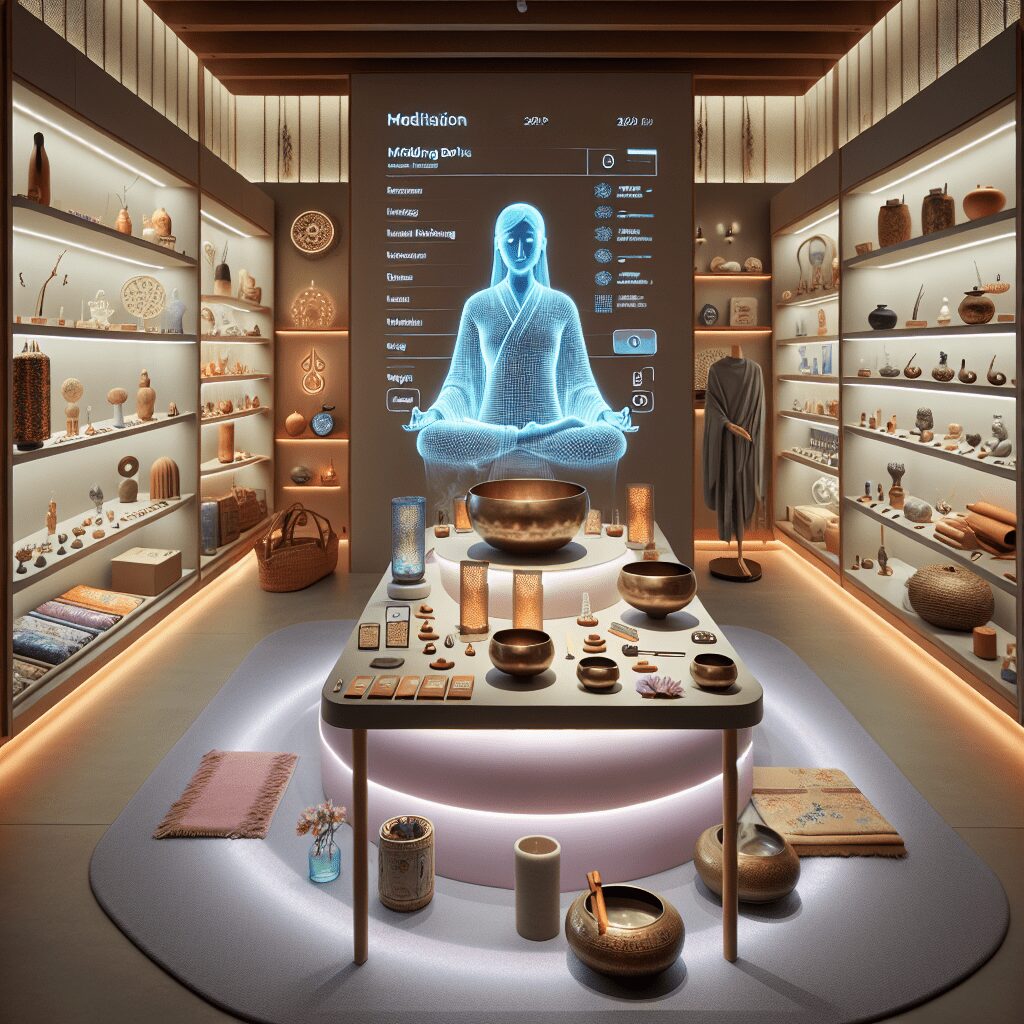
Prioritize your mental well-being daily. Enhance your life by nurturing your mental health with the Smart Meditation app. Break free from stress, alleviate anxiety, and enhance your sleep quality starting today.
What Is Clinical Anxiety?
Unraveling the Enigma of Clinical Anxiety
In the whirlwind of our fast-paced lives, feeling anxious can be as common as sipping a cup of coffee in the morning. But here’s the kicker: when does this garden-variety anxiety transcend into the realm of clinical anxiety? It’s a question that’s been on the minds of many, whether they’re lying awake at 3 AM pondering their existence or just feeling a tad too jittery before a big presentation.
The Thin Line Between Common Worry and Clinical Anxiety
Delving into the crux of clinical anxiety means distinguishing it from its everyday cousin, your garden-variety worry. So, let’s cut to the chase.
Symptoms: More Than Just Butterflies in the Stomach
Clinical anxiety is like the unwanted party guest that just doesn’t know when to leave. It’s persistent, often irrational, and the level of worry is out of proportion to the actual situation. Signs you’re dealing with more than just butterflies include:
- An incessant sense of dread that hangs around like a persistent fog
- Sleepless nights spent wrestling with worst-case scenarios
- Physical symptoms that seem to come out of nowhere, think heart palpitations, sweaty palms, or an upset stomach
- A tendency to avoid certain situations like the plague, for fear of triggering anxiety
It’s All in the Diagnosis
Self-diagnosis can be a slippery slope (because let’s face it, Dr. Google can be a bit of an alarmist). When it comes to differentiating between common worry and clinical anxiety, the DSM-5 (Diagnostic and Statistical Manual of Mental Disorders, Fifth Edition) is the Bible clinicians swear by. Generalized Anxiety Disorder (GAD), Panic Disorder, and Social Anxiety Disorder are just a few shades of clinical anxiety recognized by the manual.
A diagnosis typically involves a deep dive into your history, a look at your symptoms, and ruling out any medical conditions that could be masquerading as anxiety. It’s not something to DIY; a professional’s insight is worth its weight in gold.
Navigating the Foggy Waters of Treatment
So, you’ve crossed the Rubicon and been diagnosed with clinical anxiety. What now? Well, don’t throw in the towel just yet. The silver lining is that clinical anxiety is treatable, and the path to management is more accessible than ever.
- Psychotherapy: Talking it out with a therapist can be incredibly cathartic. Cognitive Behavioral Therapy (CBT) is the golden child in the therapy world for treating anxiety, focusing on altering negative thought patterns.
- Medication: Sometimes, your brain chemistry might need a bit of tweaking, and that’s okay. SSRIs (Selective Serotonin Reuptake Inhibitors) and other medications can serve as valuable allies in your battle against anxiety.
- Lifestyle Adjustments: Never underestimate the power of a good night’s sleep, regular exercise, and a well-balanced diet. Sometimes, the most potent remedies are the simplest.
Wrapping It Up with a Bow
In a nutshell, clinical anxiety is the heavyweight champion of worries, packing a punch that can significantly impact your daily functioning. But like any formidable opponent, it can be tackled with the right strategies and support. Knowledge is power, and understanding the beast that is clinical anxiety is the first step toward reclaiming your peace of mind. Remember, it’s always okay to seek help because nobody should navigate the stormy seas of clinical anxiety alone. Whether through professional support, lifestyle changes, or medication, a calmer mind could be just around the corner.





